Magdeburg is one of east Germany’s hidden gems! Learn all about this unique city on the banks of the Elbe River in this detailed guide. If you’re looking for a fun day trip from Berlin, visit Magdeburg!
This post contains affiliate links, from which we may receive a commission. You can read our full affiliate disclosure here.
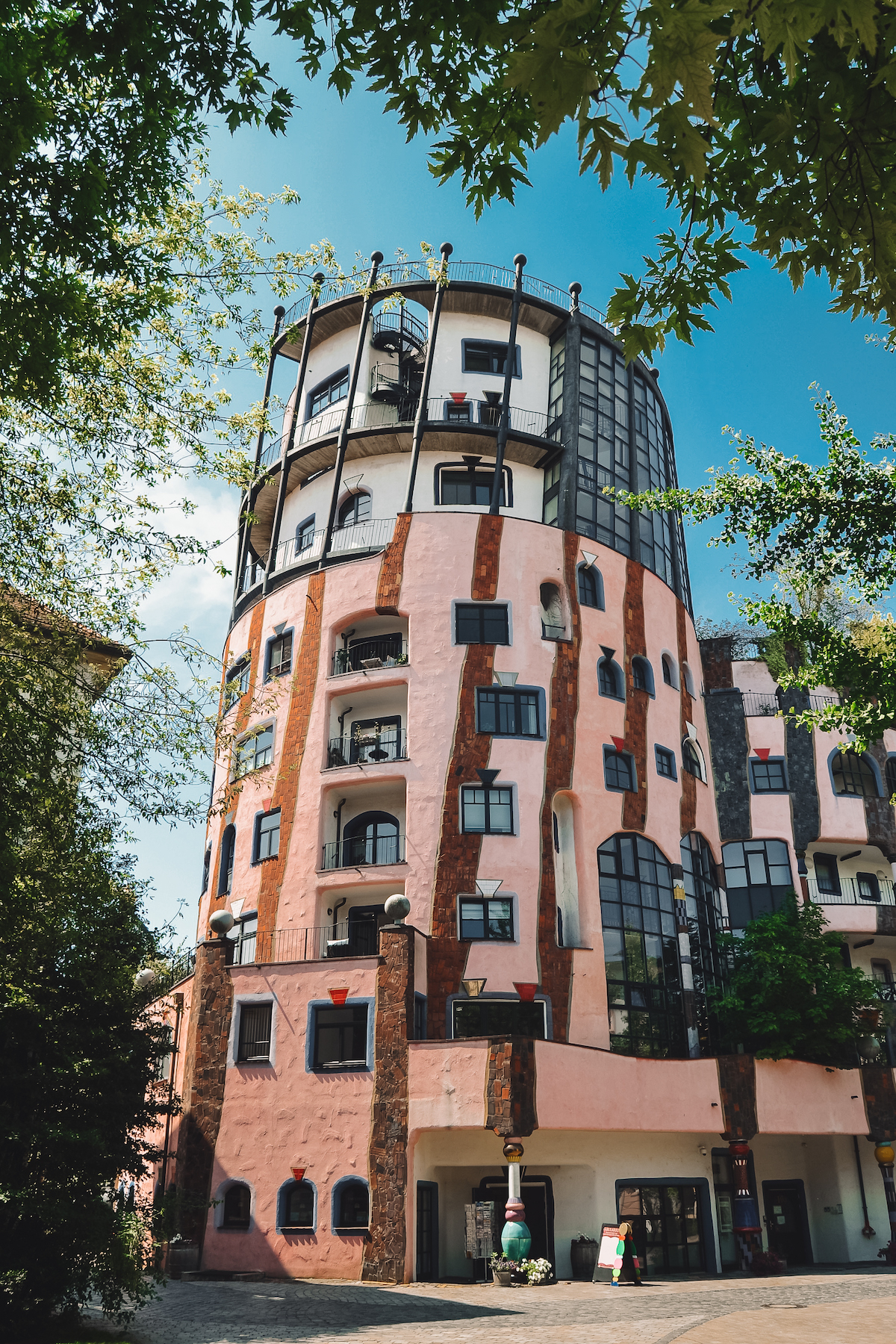
Magdeburg is a small but pretty city along the Elbe River that dates back to 805 AD. It originally served as an important trading post and later became a key member of the Hanseatic League.
The city rose to prominence under Otto the Great, who established a Benedictine abbey in Magdeburg in the 930s. Today Magdeburg is known as the “Ottostadt” (City of Otto), partially in thanks to the role Otto the Great played in shaping the city’s landscape and history.
Magdeburg is a fantastic day trip from Berlin and is easy to reach by Regional Express train. There are lots of interesting things to do in Magdeburg that will keep you busy for a full day.
This guide breaks down the city’s top attractions in walking order so you can take yourself on a little self-guided tour of this unique city along the Elbe!
Table of Contents
Click “show” to see the full table of contents for this post. You can jump around the post as desired by clicking on the individual sections listed below.
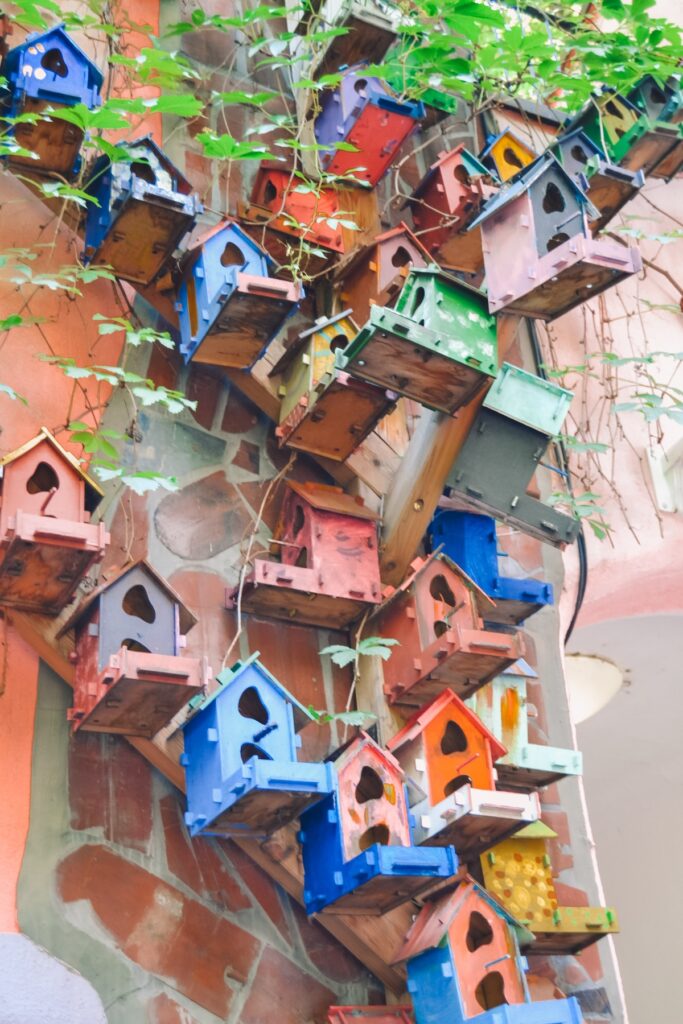
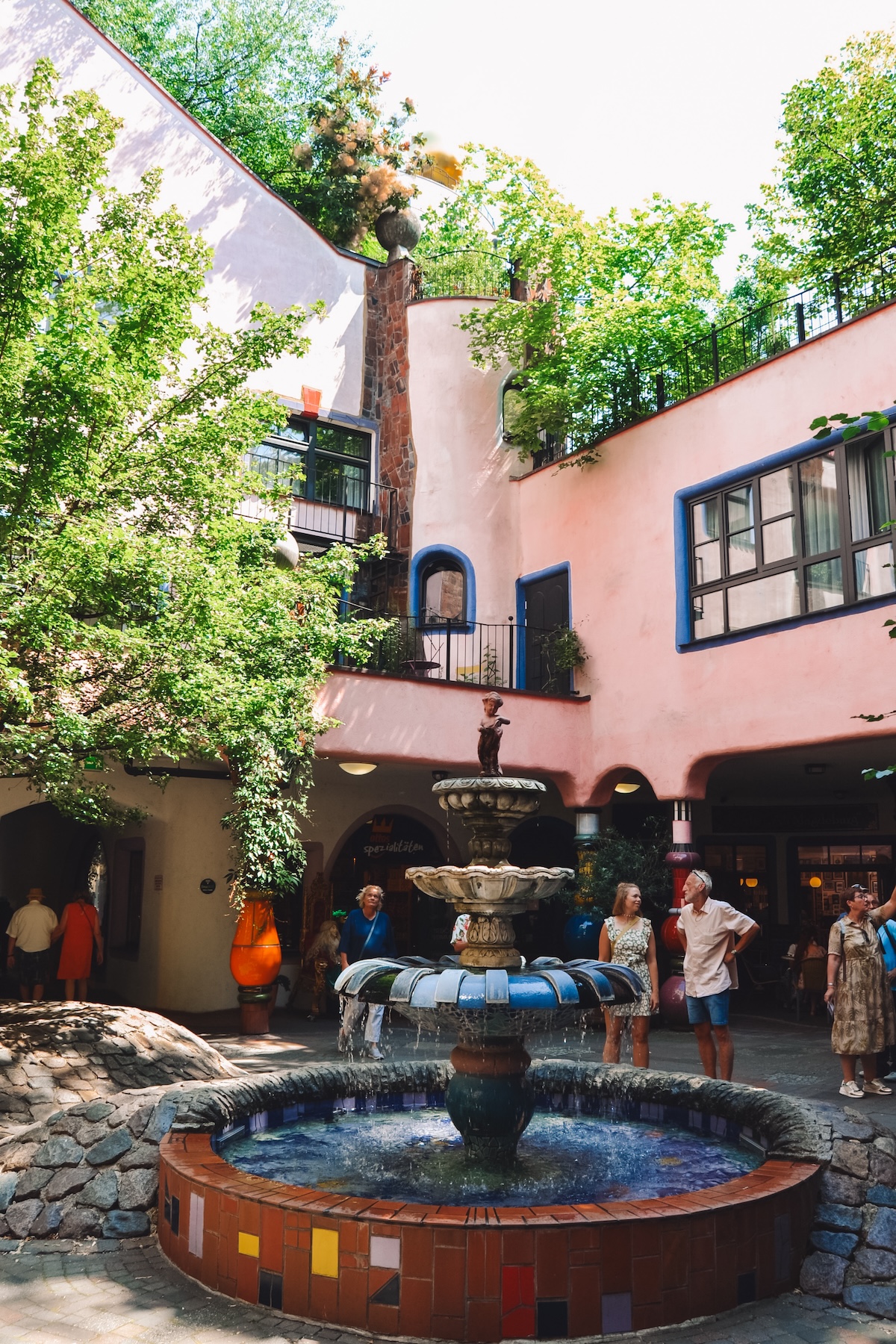
Getting From Berlin to Magdeburg by Train
The cheapest way to travel to Magdeburg is by Regional Express train. The RE1 makes stops at Berlin Central Station, Zoologischer Garten, and Charlottenburg en route to Magdeburg. The journey takes around 1 hour 45 minutes from the central station.
If you paid for a Deutschland Ticket, note that the public transportation in Berlin and Magdeburg, as well as all Regional and Regional Express trains are included in the price of the ticket.
Claire’s Tip: Not starting your journey from Berlin? Magdeburg is also a great day trip from Hannover (90 minutes via InterCity train) and Leipzig (90 minutes via Regional Express train).
But First, Why Is Magdeburg Called the “City of Otto?”
Magdeburg is known as the “Ottostadt” (City of Otto) because two of its most famous sons were called Otto.
First, there was Otto the Great (who was really Otto I). Depending on who you ask, Otto the Great is considered by many to be the first Holy Roman Emperor.
If you paid attention in history class, you probably learned that Charlemagne was the first Holy Roman Emperor. Which is true … sort of.
Charlemagne founded the Holy Roman Empire and was crowned “Imperator Romanorum” (Emperor of the Romans) in 800 AD. Following his death in 814 AD, his lands effectively split apart and the Holy Roman Empire fell to pieces.
Who picked up those pieces and reestablished the Holy Roman Empire in the 960s? Otto the Great! He was crowned emperor of the Romans in 962 AD, and the empire remained strong for the following 800 years.
Otto the Great is buried in Magdeburg (more on that later in this post), which is partially why the city is nicknamed the Ottostadt.
The other famous Otto to come out of Magdeburg was the scientist Otto von Guericke. He famously conducted the “Magdeburg hemispheres” experiment in 1654. During the experiment, two copper bowls (hemispheres) were placed together and the air between them was removed. When two horses were attached to either bowl, they weren’t strong enough to separate the bowls.
That, ladies and gentlemen, was the birth of the air pump. Hats off to Magdeburg’s second famous Otto for inventing it!
The Top Places to See in Magdeburg (in Walking Order!)
Here are the key places you’ll want to visit in Magdeburg, in walking order. Public transportation here doesn’t run as frequently as in Berlin, so I highly suggest wearing your comfiest shoes to prepare for a day on your feet.
Note that two museums are mentioned in this list of attractions. Pick ONE because you won’t have time to go into both.
The focus of your day trip will be Magdeburg’s city center. If you want to see the famous water bridge or the wooden Millennium Tower, plan your trip carefully in advance since you’ll need to catch a bus out to those sites.
Stop 1: Alter Markt
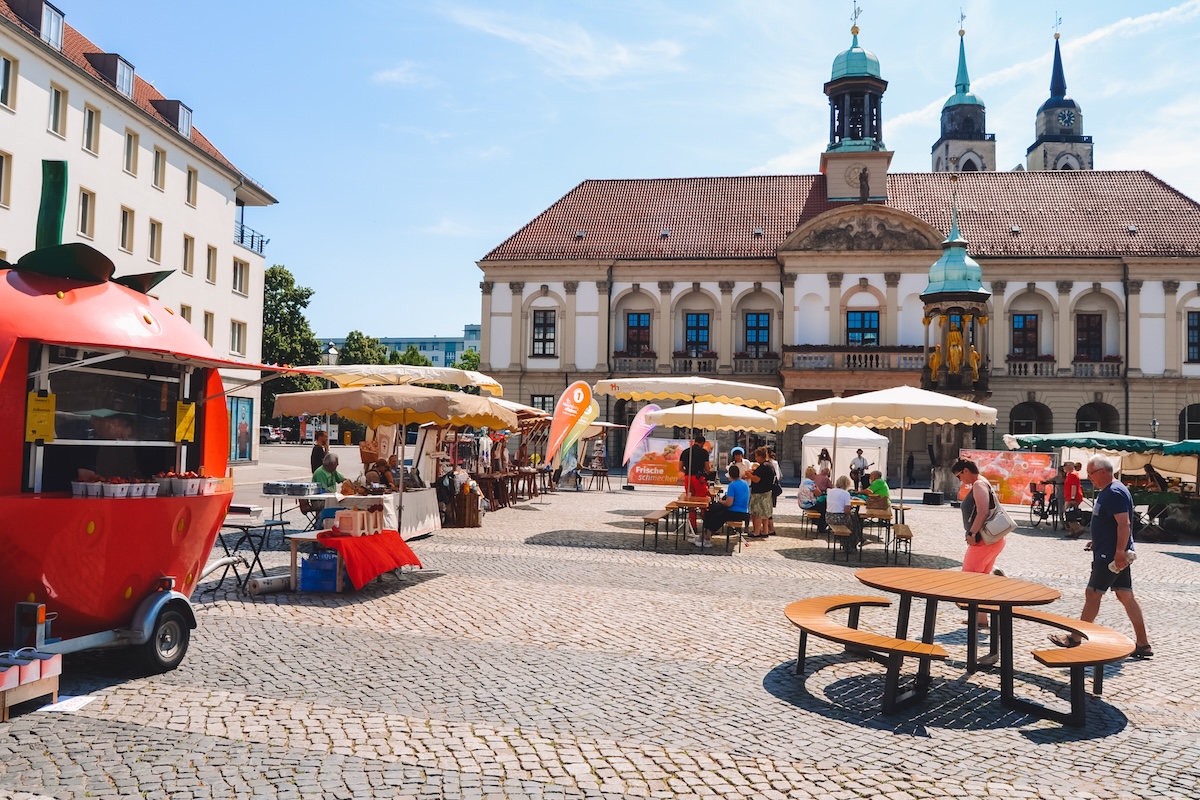
I recommend kicking off your visit to Magdeburg at the Alter Markt (Old Market Square). It was the site of the original trading settlement and serves as the beating heart of the city to this very day.
The beautiful buildings surrounding the square are reconstructions of the Renaissance and Baroque architecture that existed before World War II. Magdeburg was heavily damaged by bombs, and much of the city center had to be rebuilt.
White at the Alter Markt, be sure to look for the famous Magdeburg Rider. The bronze statue is a 1960s replica of the original that dates back to the 13th century (now located within the Cultural Historic Museum). Many believe that the statue depicts Otto the Great, but historians aren’t 100% certain who the rider is supposed to be.
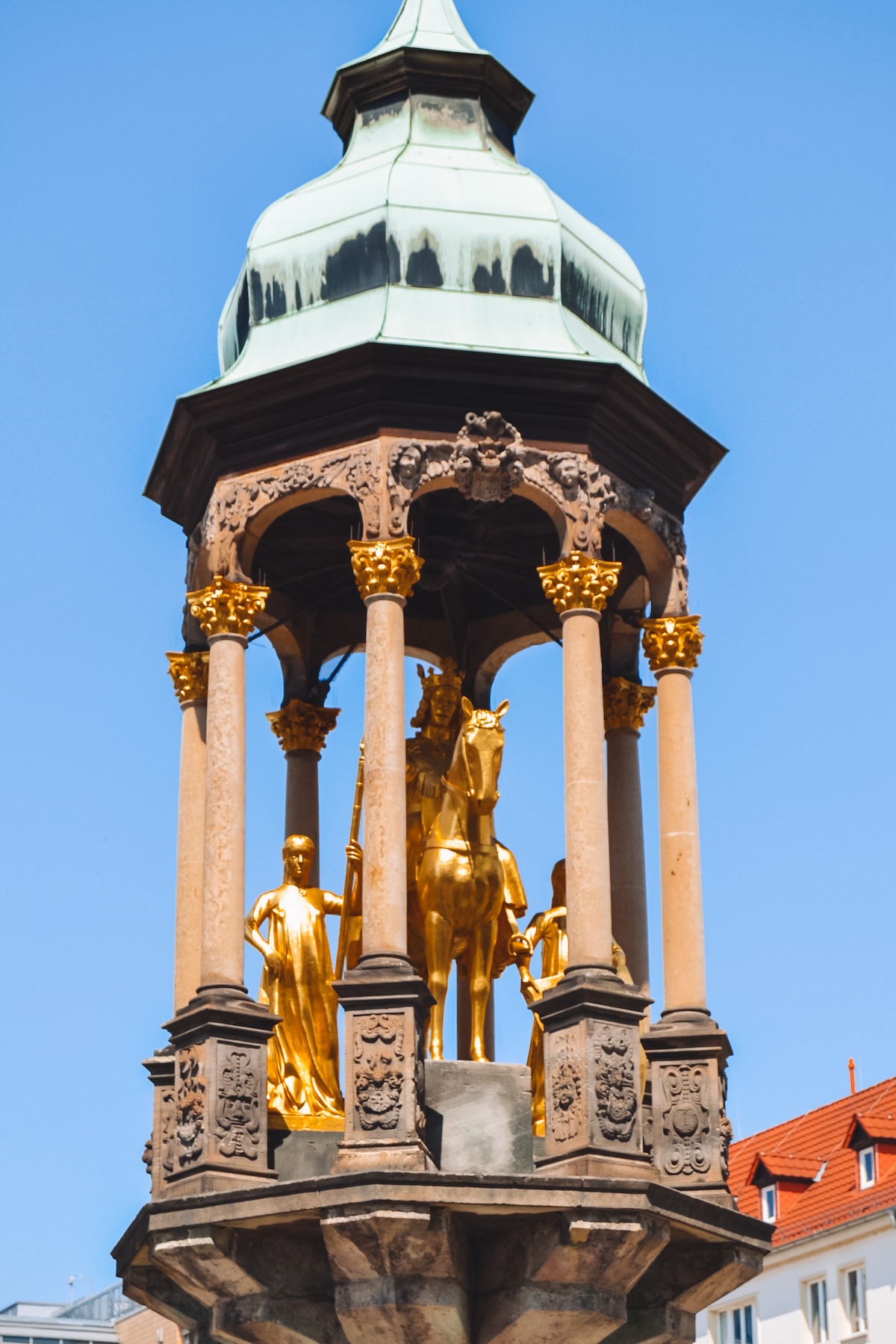
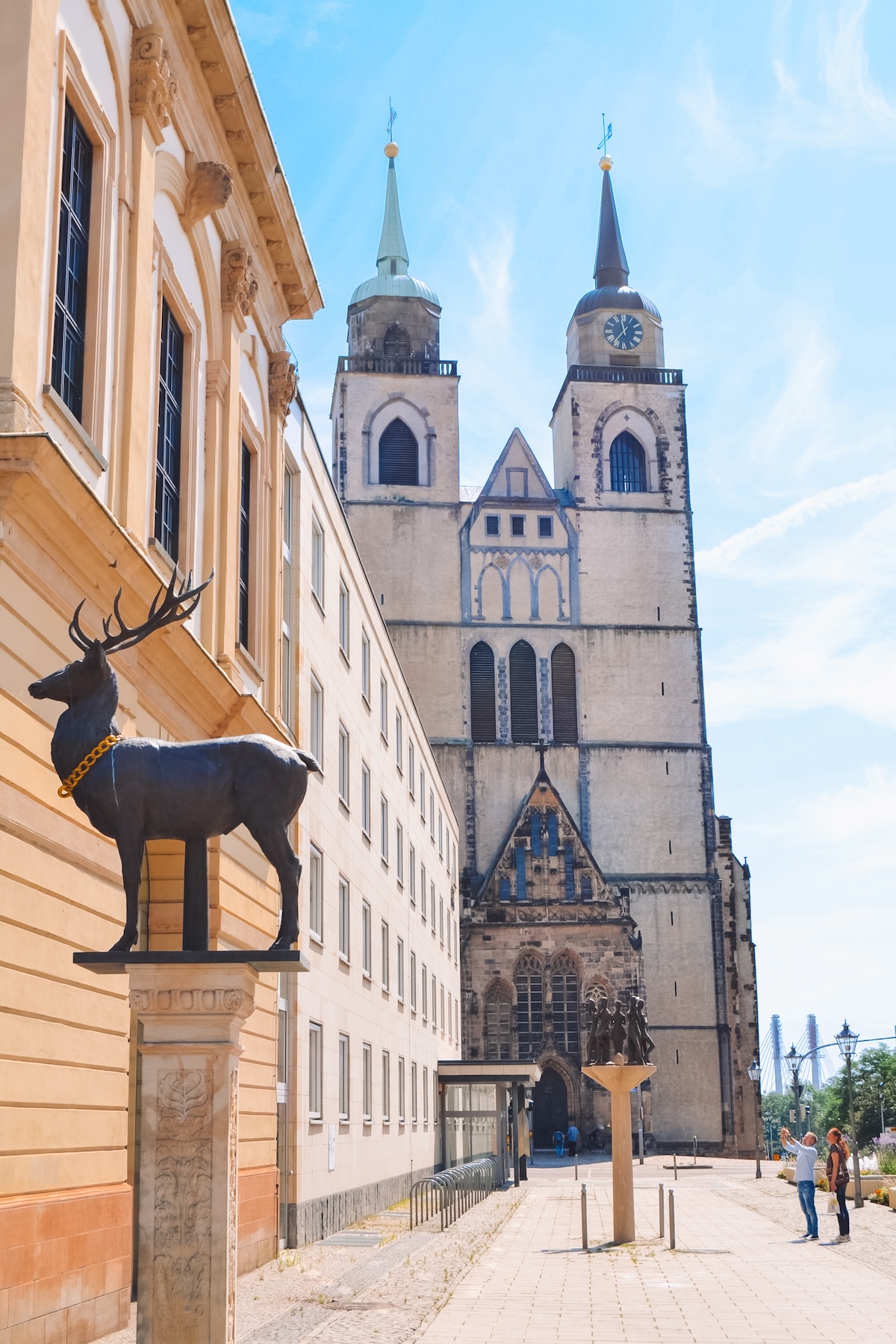
Another famous statue at the Alter Markt is the Roland statue, located outside the city hall (Rathaus). A Roland statue is always a knight holding a drawn sword.
During the Middle Ages, a city would have been granted a Roland statue to denote its special privileges and status as a member of the Holy Roman Empire. (Roland statues can be found all over northern Germany. I’ve seen ones in Brandenburg an der Havel and Bremen as well!)
Lastly, take a peek around the corner of the city hall. You’ll see the beautiful stag column (Hirschsäule), and beyond that the soaring St. John’s Church (Johanniskirche).
Claire’s Tip: Magdeburg has a small but bustling weekly market that takes place at the Alter Markt Tuesday to Friday between 9am – 4pm and Saturday from 9am – 1pm.
Stop 2: Kunstmuseum Magdeburg (Art Museum)
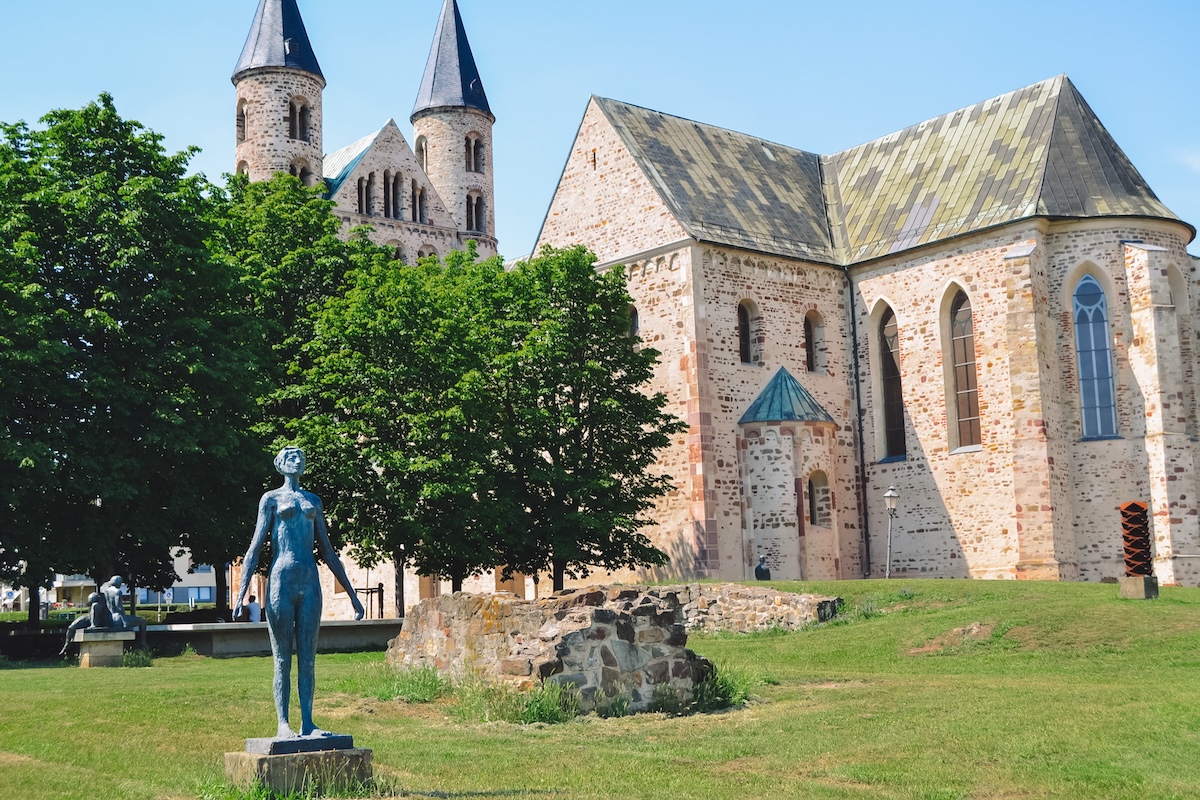
One of the prettiest places to visit in Magdeburg is the art museum housed within the former Monastery of Our Lady. The contemporary art and sculpture collection contrasts beautifully against the 11th century Romanesque architecture of the monastery.
The monastery hasn’t been used for religious purposes since the 1830s, yet it remains one of the most significant examples of Romanesque architecture within Germany.
Even if you don’t have the time or desire to go inside the art museum, I still recommend visiting the sculpture park out back. It’s free to enter and is very beautiful.
Claire’s Tip: If you’re an architecture buff, be sure to look up Saxony-Anhalt’s “Romanesque Road,” which the Monastery of Our Lady is part of.
Stop 3: Hundertwasser’s “Green Citadel”
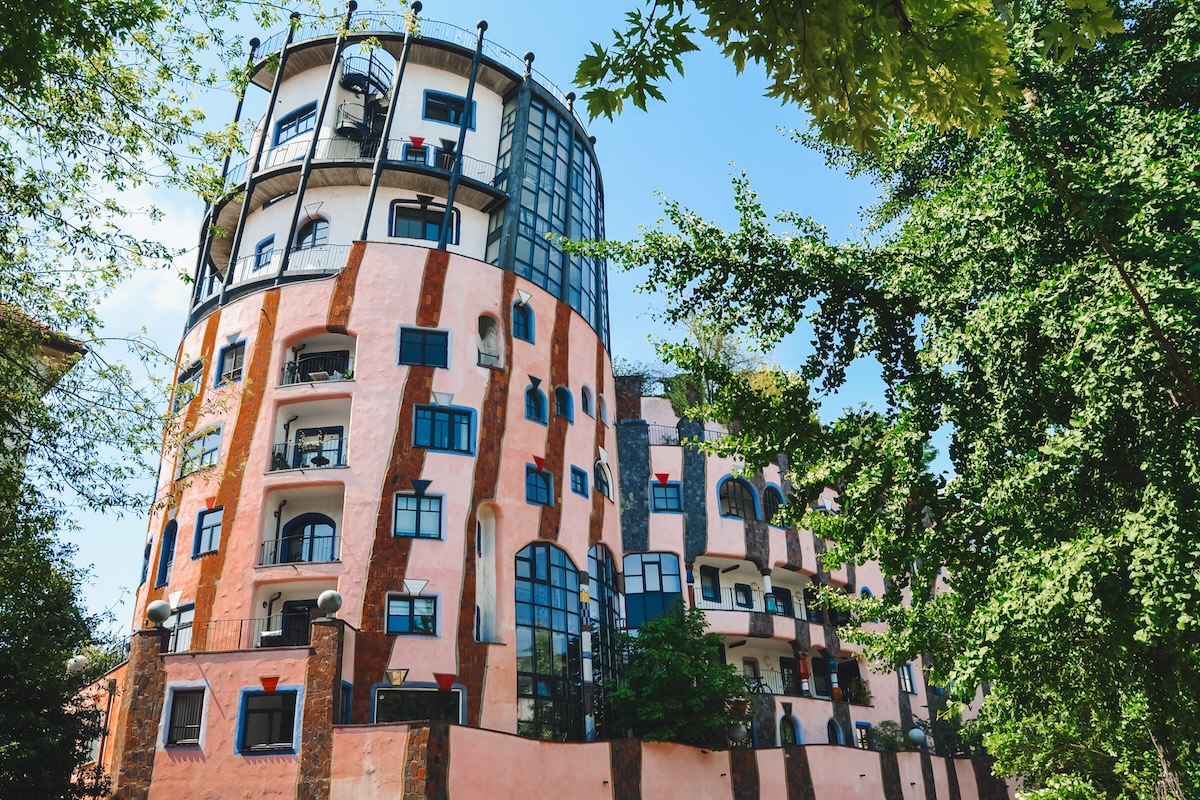
No trip to Magdeburg is complete without seeing the city’s famous “Green Citadel.” It’s been one of Magdeburg’s top attractions since opening in 2005, and I can see why!
The whimsical pink complex was one of the last projects that Austrian artist and architect Friedensreich Hundertwasser ever worked on. The artist died in 2000, but he worked on his plans for the Green Citadel leading up to his death.
Hundertwasser’s goal was to create an “oasis for humanity and for nature in a sea of rational houses.” It’s a building complex that defies categorization — there are 55 residential units, as well as shops, cafes, and a theater within the complex.
Claire’s Tip: Daily tours of the site are offered, but I suggest calling in advance to see if they have tours in your preferred language.
Stop 4: Magdeburg Cathedral
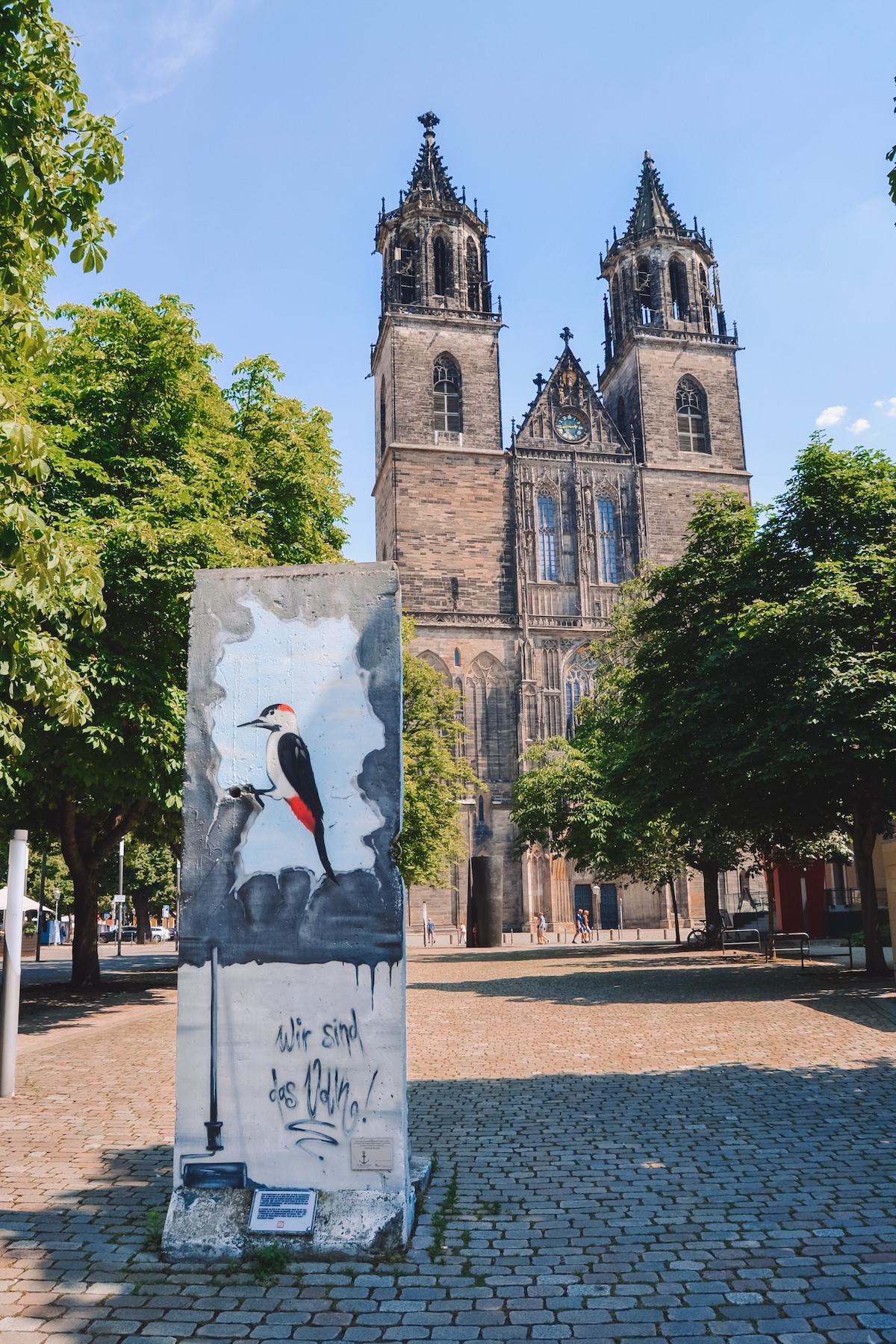
Officially called the Cathedral of Saints Maurice and Catherine, the Magdeburg Cathedral was the first Gothic cathedral built in Germany.
It’s a breathtaking space, with soaring vaulted ceilings and a peaceful inner garden that provides visitors with a green oasis in the heart of Magdeburg.
In the center of the cathedral, you’ll find the graves of Otto the Great and his first wife, Editha.
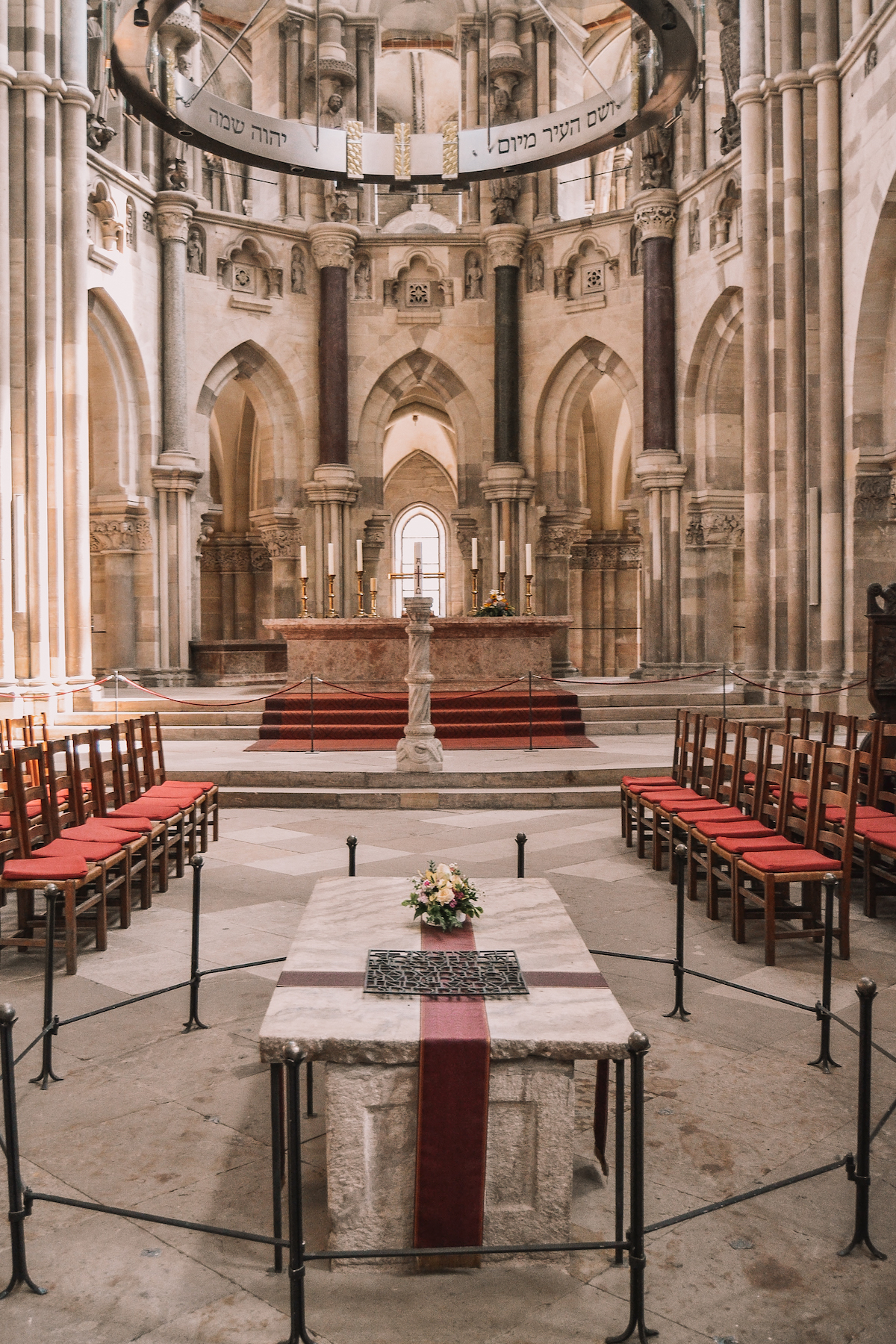
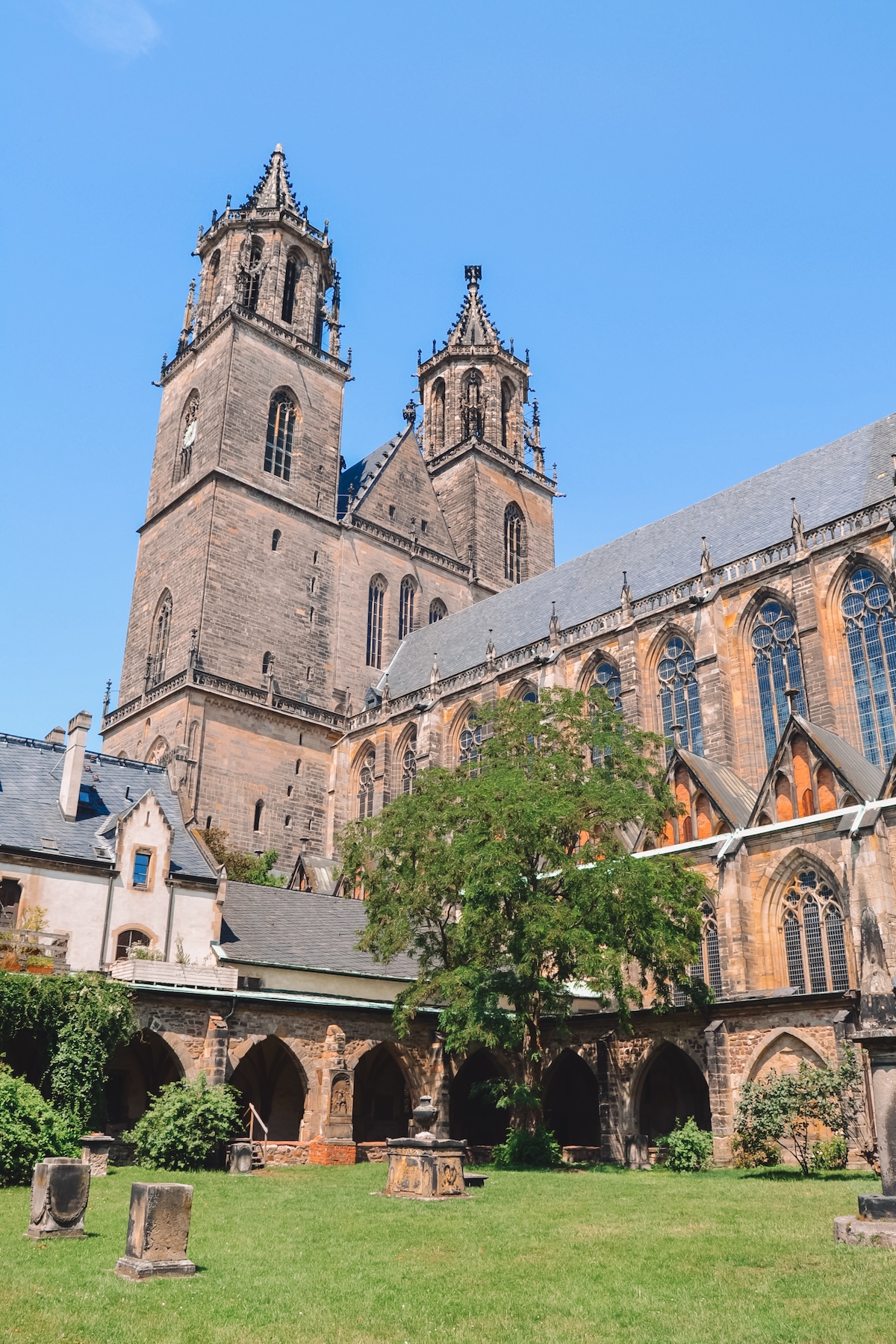
The cathedral also has its own museum, the Ottonianum Magdeburg, and you can also pay to climb the bell tower to see the city from above.
Claire’s Tip: On the square in front of the cathedral, there’s a piece of the original Berlin Wall. Magdeburg was part of the German Democratic Republic (aka East Germany) and 15 citizens lost their lives during that time.
Stop 5: Medieval City Gate and Historic Fürstenwall
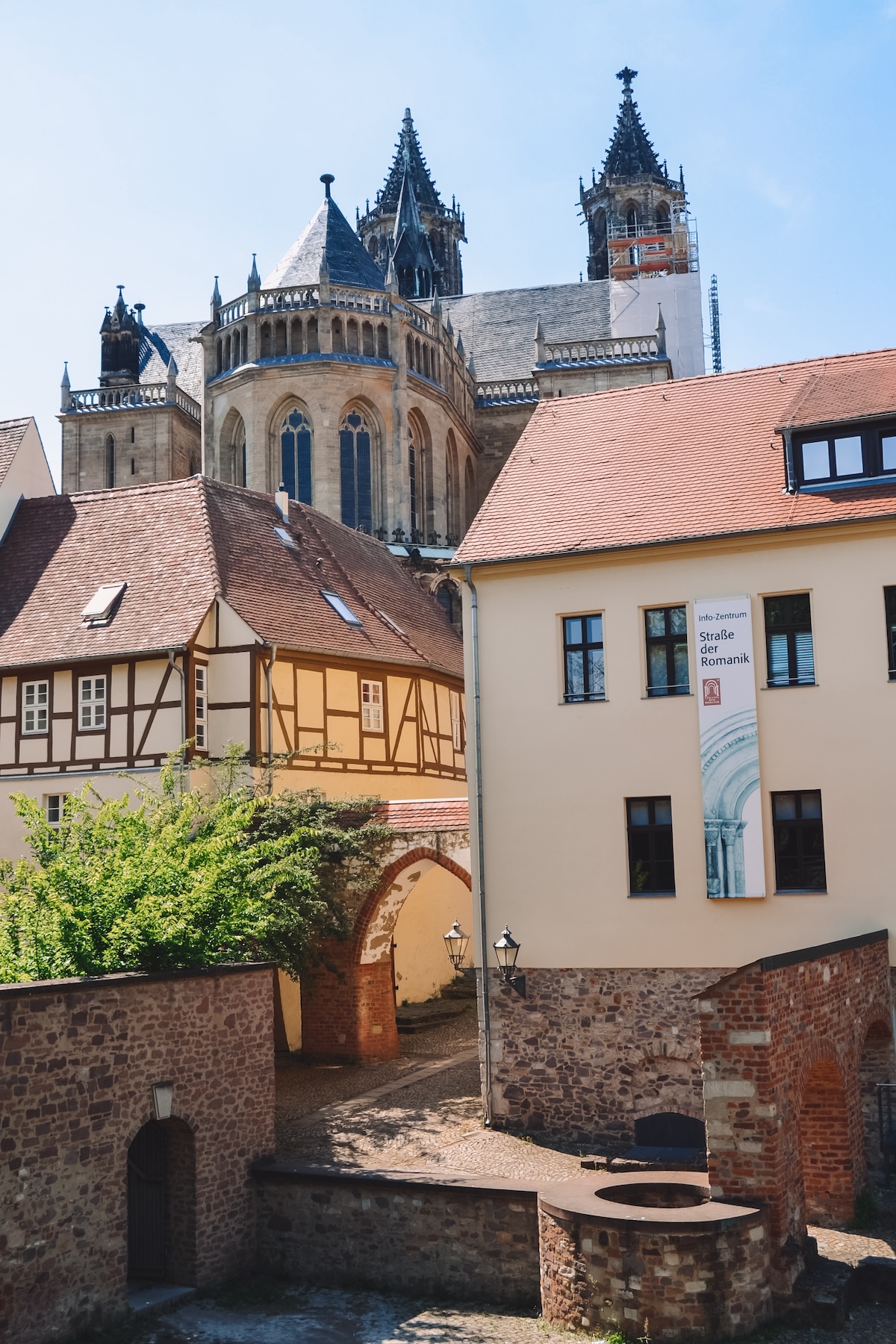
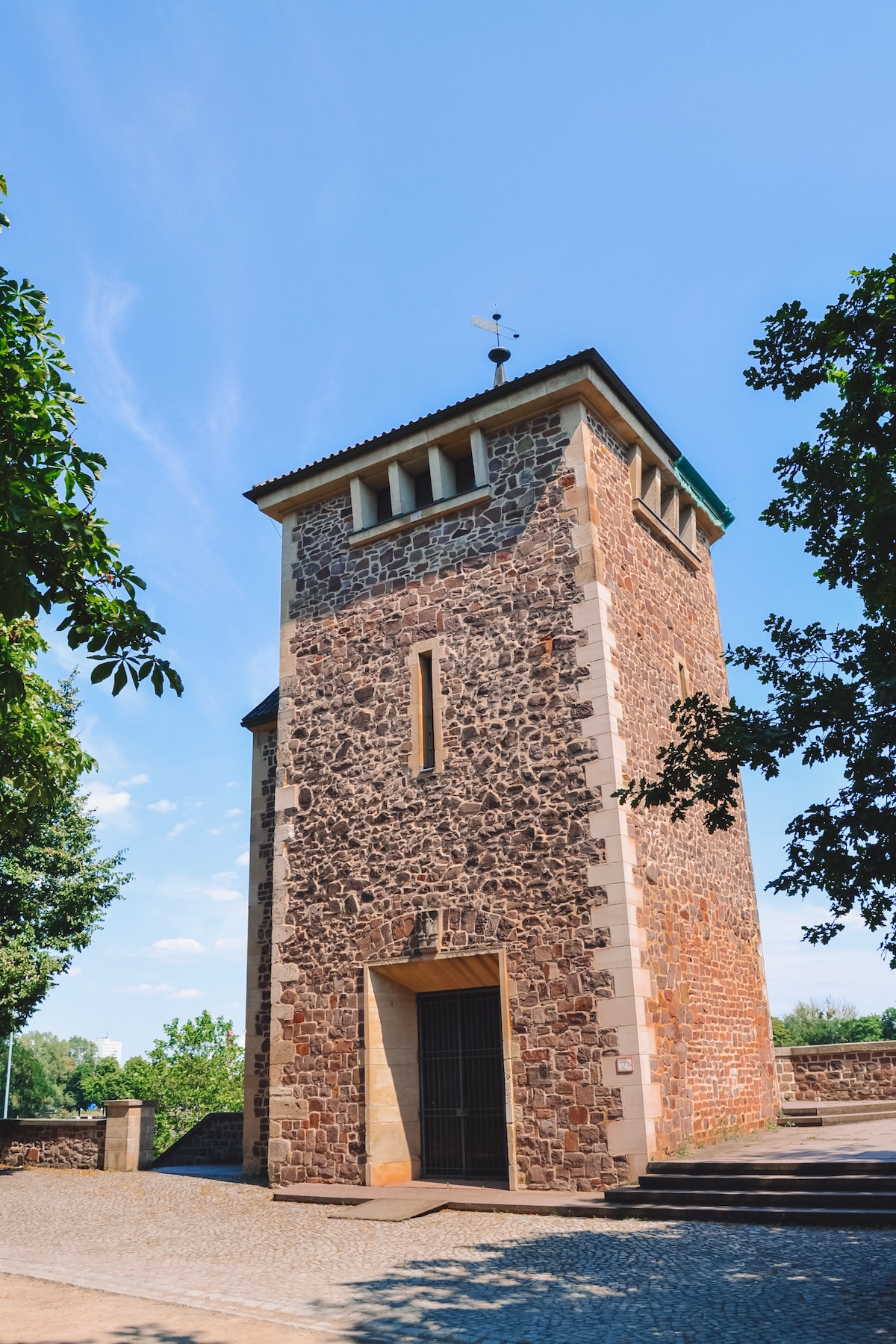
One of the more underrated things to do in Magdeburg is walk along the Fürstenwall, once a popular promenade along the banks of the Elbe that dates back to the 1700s.
Along the Fürstenwall promenade, you can see one of the original 15th century defensive towers, Kiek in de Köken (which means “peek into the kitchen” on account of the archbishop’s kitchen being visible from atop the tower).
There were once five defensive towers, and over time the wall that connected the towers became a popular dumping ground for Magdeburg’s citizens. In the early 1700s, the area around the wall was filled in and the lovely Fürstenwall promenade was created.
Claire’s Tip: To reach the Fürstenwall from the cathedral, I suggest walking down the Remtergang, through the preserved medieval city gate (yes, it’s original!), and into the Garten der Möllenvogtei. It’s a peaceful garden with steps leading up to the Fürstenwall.
Stop 6: Cultural Historic Museum
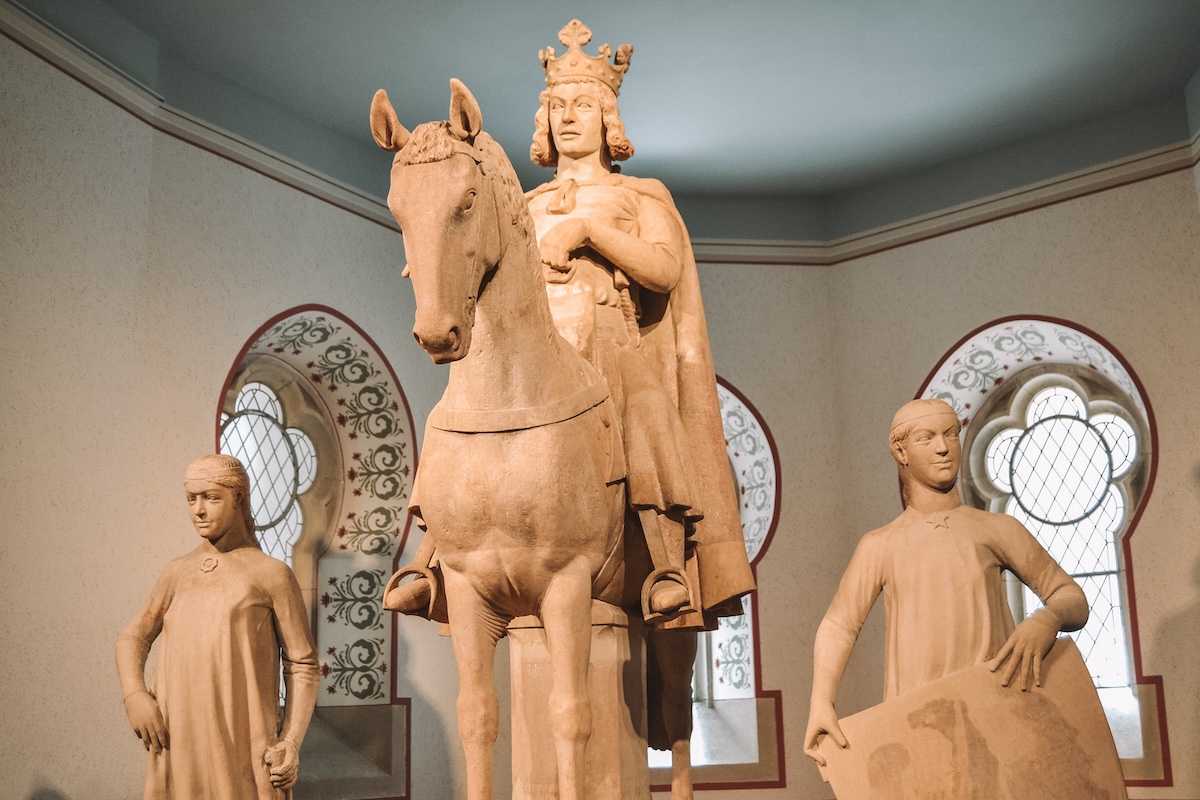
As the name suggests, the Cultural Historic Museum explores the history of Magdeburg from its roots as a strategic trading post through its GDR history.
The crowning jewel of the museum is the original Magdeburg Rider statue (you would have seen the bronze copy at the Alter Markt at the beginning of your day trip!). The statue is situated within the Emperor Otto Hall, which is decorated with stunning murals that date back to 1905.
Interestingly, the cultural historic museum shares a space with the Natural History Museum of Magdeburg so your ticket is really a two-for-one deal!
Claire’s Tip: Give yourself about 90 minutes to go through all the exhibits.
Additional Things to See in Magdeburg
Still wondering what else there is to see in Magdeburg? Below are some of the city’s popular attractions that I have not yet visited but have heard excellent things about.
- Elbauenpark — A large park on the opposite bank of the Elbe River. The park has various gardens, a couple different stages for concerts and events, a butterfly house, and more.
- Jahrtausendturm — AKA “The Millennium Tower.” It’s a massive wooden tower located within the Elbauenpark that offers a panoramic view of the surrounding area. There’s also a museum within the tower that walks you through 6,000 years of technological history.
- Water Bridge — A massive aqueduct that connects the Elbe-Havel Canal and the Mittelland Canal. It almost looks like an overpass on a highway, except boats travel over the water-filled bridge instead of cars!
- Magdeburg Zoo — A sizable zoo in Magdeburg, what more can I say?
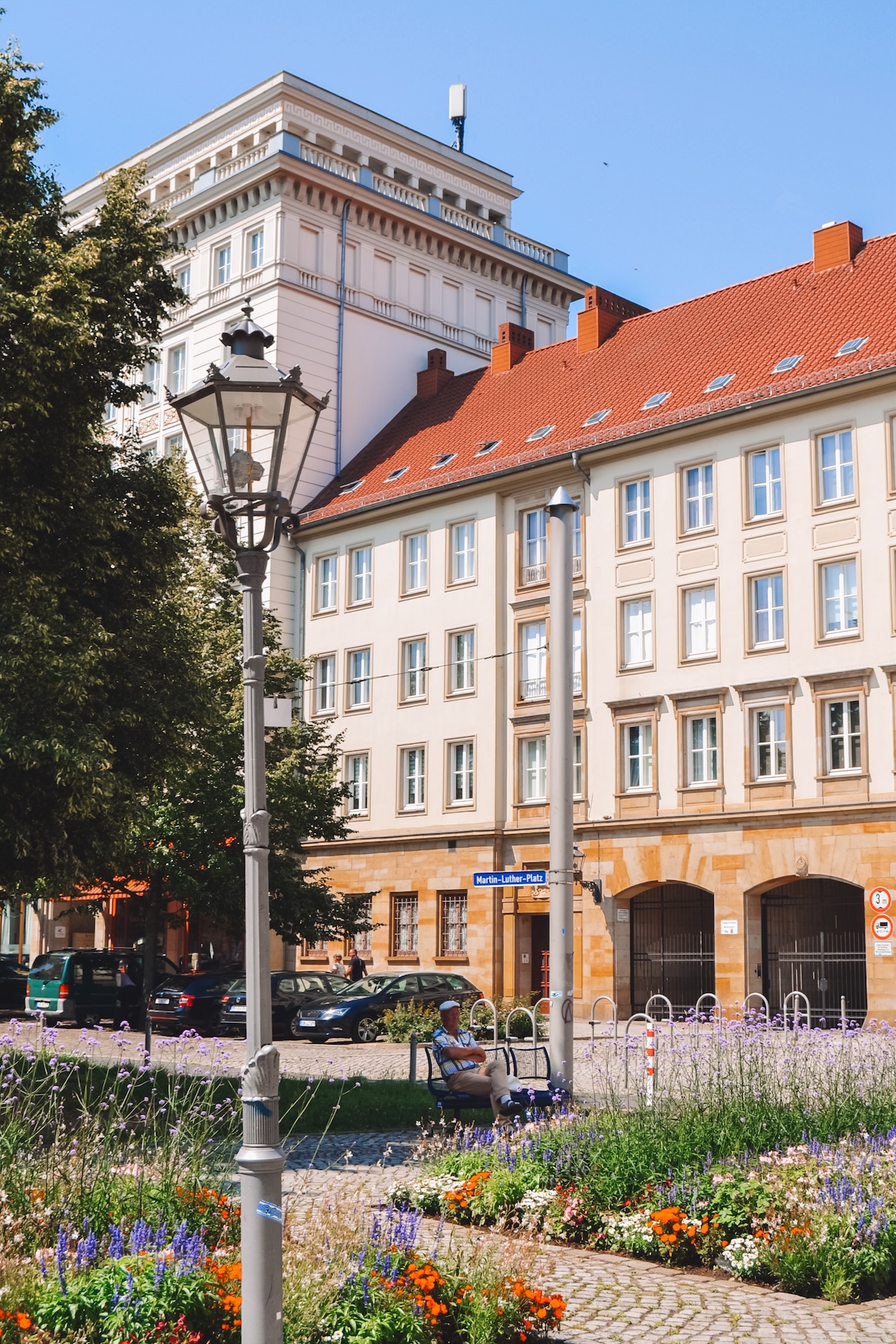
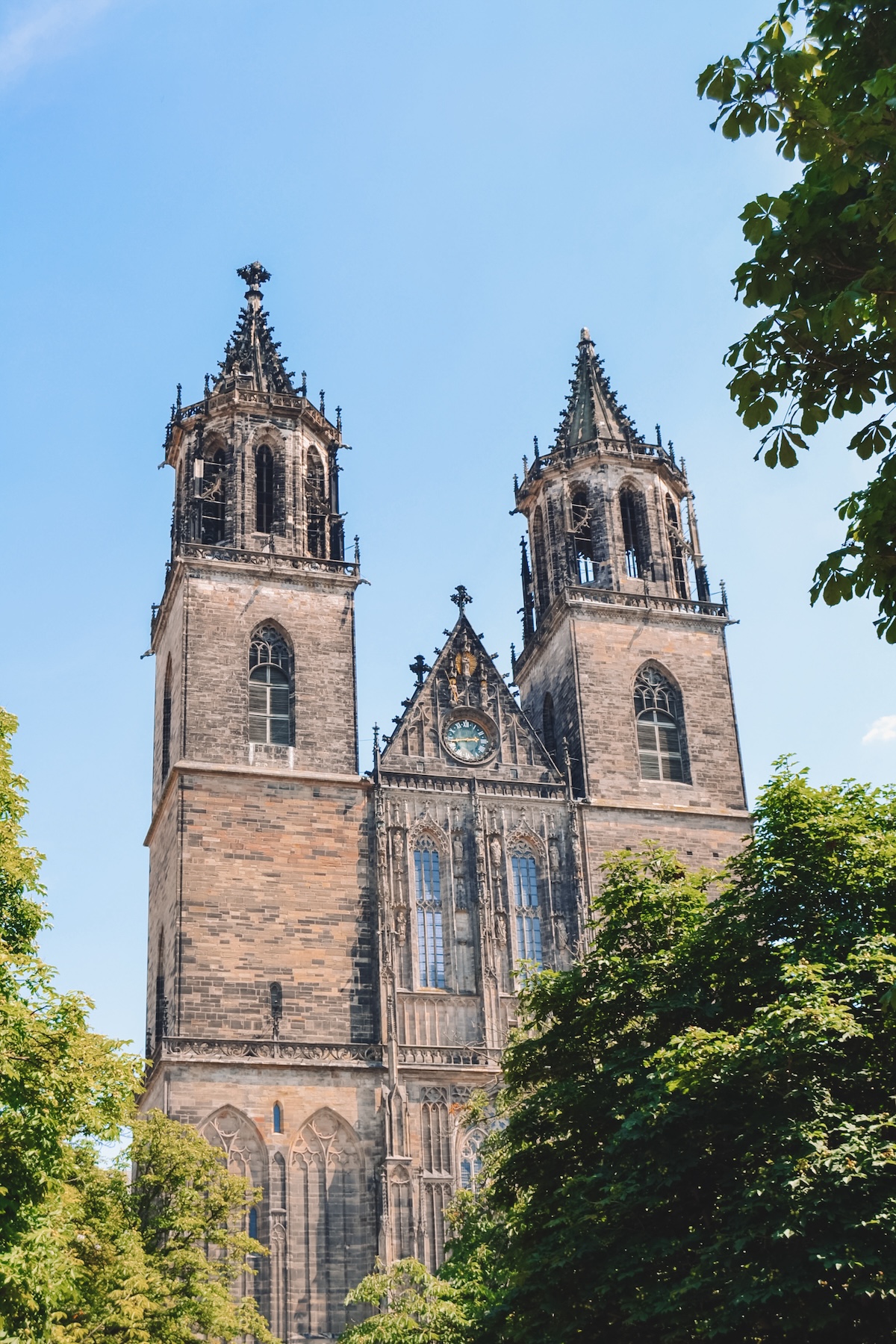
Enjoy Your Time in the Ottostadt!
Now that you know what to do in Magdeburg, it’s time to book your train tickets!
You can easily fill an entire day just by exploring the city center, but if you want to venture further afield to see the famous water bridge or Millennium Tower, I suggest beginning your journey at either of those attractions and then working your way into the city center. That way, you’ll be ending your day closest to the central train station and you won’t miss your train back to Berlin.
Don’t forget to follow me on Instagram to keep up with my daily adventures in Berlin and beyond!

More Places to Visit Near Magdeburg:
- 13+ Things to See and Do in Weimar (where Goethe lived and worked for most of his career!)
- What to Do in Brandenburg an der Havel
- The Top Things to Do in Hannover
- Dresden Old Town Guide: What to Do, See & Eat
- All of my Germany travel recommendations!
Leave A Reply!